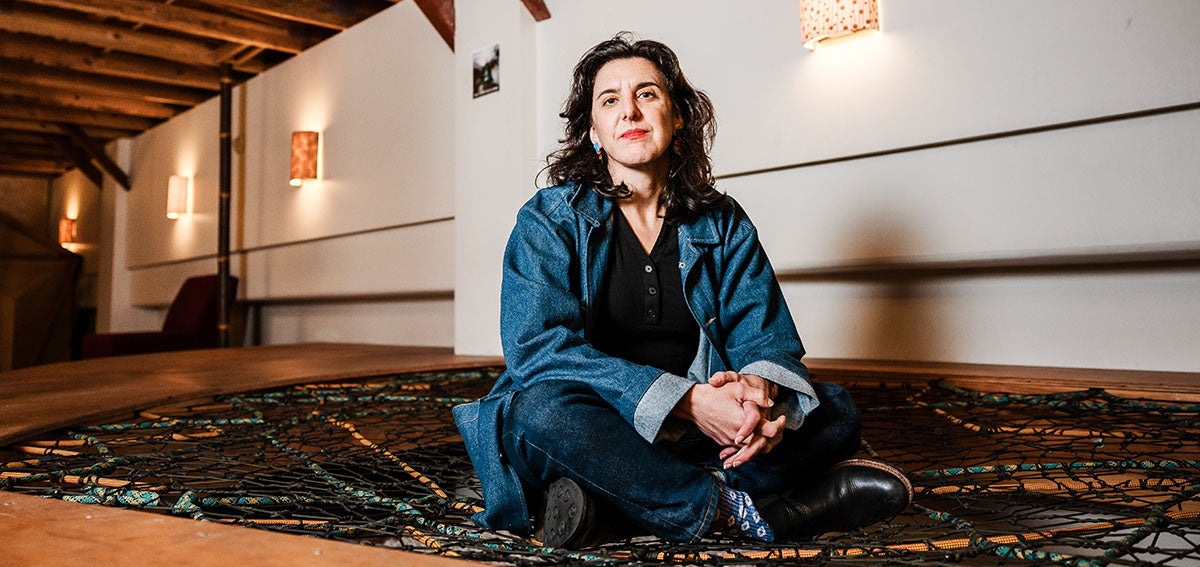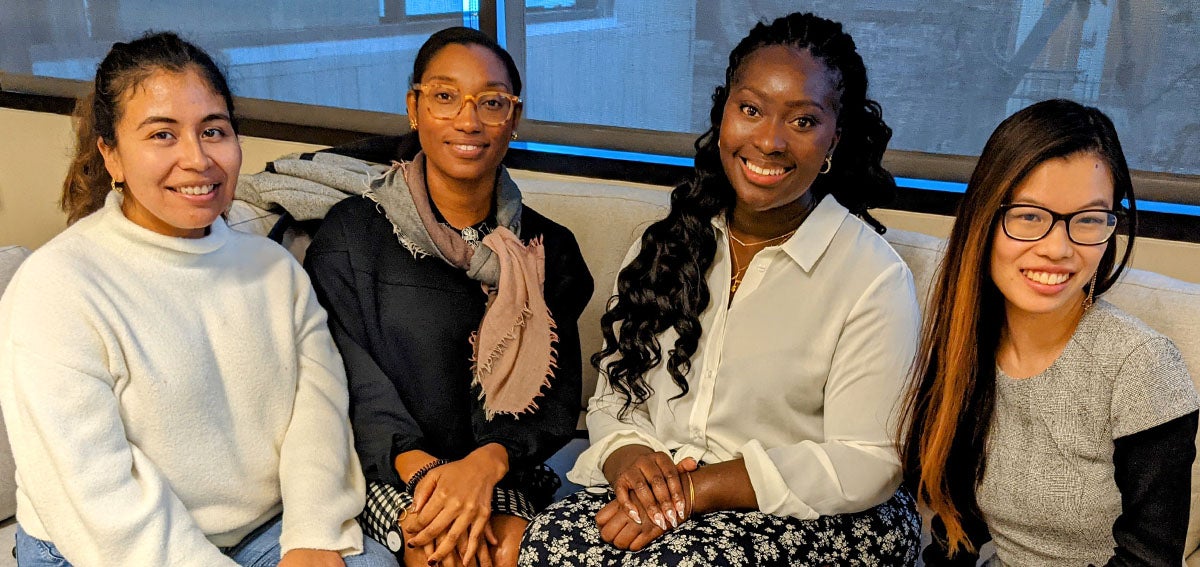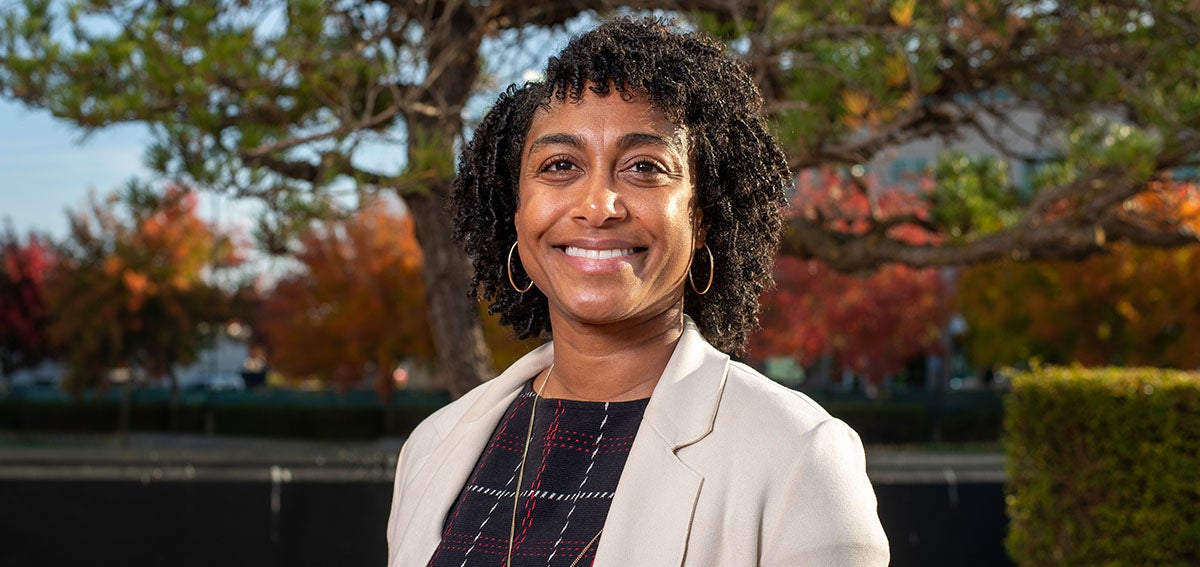|
Getting your Trinity Audio player ready…
|

An unprecedented number of Californians are facing the task of renewing their eligibility for Medi-Cal, the state’s Medicaid health insurance program for people with low incomes and those with disabilities. During the COVID-19 pandemic, enrollees in the program were given a reprieve from the annual reenrollment process because the federal government prohibited states from removing people from Medicaid. This temporary policy helped millions maintain coverage, but now that the public health emergency is over, local Medi-Cal offices are redetermining the eligibility of more than 15 million enrollees. This massive “unwinding” of the federal continuous coverage policy began on April 1, 2023, and is due to be completed on May 31, 2024.
Patient advocates in community-based organizations (CBOs) and health centers worry that millions of Californians may lose Medi-Cal coverage due to problems in the bureaucratic renewal system. According to the latest data available from the California Department of Health Care Services, which goes through the end of September 2023, over 700,000 Californians have already been disenrolled from Medi-Cal. Of that total, almost 90% were terminated for procedural reasons, such as failure to complete the renewal packet within a specific time frame.
This is the first in a series of articles in The CHCF Blog about the perspectives of government agencies, community-based organizations, and other key groups on the front lines of the unwinding in California.
Christopher Gomez, an outreach and enrollment manager at Northeast Valley Health Corporation, works with patients who are seeking help with the Medi-Cal reenrollment process. The health center provides medical, behavioral, and dental services to medically underserved residents in the San Fernando and Santa Clarita Valleys. Gomez shared with CHCF his insights into the biggest challenges his clients are facing with reenrollment, how to improve the process in the remaining months, and encouraging highlights from this historic undertaking. Our interview has been edited for length and clarity.
Q: What are some of the challenges your organization and its clients have faced with Medi-Cal reenrollments?
A: Even though filling out and submitting a renewal packet sounds like a simple process, there is a lot of follow-up work that is required to ensure that the packet was received by the Department of Public Social Services (DPSS), the county agency that determines Medi-Cal eligibility. There is a backlog with DPSS in terms of processing renewals. The online portal that CBOs can use to help clients provides limited information on each case, so our clients are the ones who receive the notices in the US mail stating that they need to provide more information or that their Medi-Cal coverage has been terminated. They can schedule an hour-long appointment with one of our enrollment counselors to receive help navigating these problems.
During the appointment, our counselors often call Medi-Cal customer service, but the wait times can exceed an hour, and many clients have to come back again. If we are fortunate enough to get through to customer service, the representatives frequently forward our message to a case worker. The worker has two to three days to take action on the case or contact the client if additional information is needed. Some case workers respond within that time frame. Others don’t. We have also found that the eligibility determinations do not necessarily reflect current policy. For example, workers compensation should not be counted as income in a Medi-Cal evaluation, but sometimes it is.
Q: What changes could improve the reenrollment process in the remaining months?
A: Funding to hire more DPSS eligibility workers could go a long way in terms of reducing customer service call wait times and increasing access to case workers. In the past, DPSS customer service was open on Saturdays, and that helped many of our clients because frequently they are busy working during normal business hours Monday through Friday. Customer service is no longer open on Saturdays, and I’d like to see that policy change. Funding to provide more enrollment counselors and navigators in the community could also offset the workload for the DPSS workers. Many of our clients want in-person assistance, and they may not need to go to a DPSS office if we can help them. Standardizing the training for DPSS workers on the ever-changing protocol for enrollment would also be helpful. Now, when a DPSS case worker is using older Medi-Cal policy to evaluate a case, we can reach out to someone from the DPSS liaison list to advocate for the patient, but this adds complexity to the renewal process.
I would also like to see the state develop policies that give CBOs online access to more accurate and timely case information for our clients. Currently, the CBO portal has significantly less functionality compared to the consumer-facing portal, but many of our clients do not use the consumer-facing portal because they have difficulty creating a personal online account and retaining a username and password. Medi-Cal allows clients to fill out a form to appoint an authorized representative, such as an enrollment counselor, to answer questions on their behalf, but the representative can only receive notices for the client through the US mail. Allowing CBOs to access case information electronically would reduce the amount of time we spend with a client because we would not need to call DPSS customer service to obtain that information.
Q: What bright spots have you seen in this process?
A: I am seeing more collaboration between community health centers, CBOs, and advocacy groups to ensure the public is aware that they must renew their Medi-Cal benefits and that help is out there for them. Patients who have been coming to our health centers for years are being referred to the enrollment department, which provides services that many were unaware existed. Even more are surprised that the support is free of cost. For example, recently there was a child who had a referral to Children’s Hospital Los Angeles, but the child’s Medi-Cal renewal packet wasn’t marked as received, and the patient was dropped from coverage. Our enroller stepped in and was able to advocate for the patient. The enroller went through different avenues, reaching out to DPSS customer service followed by multiple calls and emails to the district liaisons. We were able to successfully get that patient enrolled, reassigned back to the initial health plan and provider, and the child could then be referred to Children’s Hospital.
Q: What improvements have you seen or hope to see to increase access to health care?
A: Northeast Valley participates in advocacy groups with the Community Clinic Association of Los Angeles County and Neighborhood Legal Services. These groups listen to our feedback and raise our collective voices at the local, state, and federal levels to improve our community’s overall experiences with Medi-Cal processes. Early during the unwinding, we shared that it would take two to three days for a Medi-Cal renewal case to link to a patient’s BenefitsCal account [an online portal to manage benefits for health coverage, food, and cash assistance]. As a result, we weren’t able to assist patients with filling out their renewal until days later. As a result of advocacy efforts, the state updated the BenefitsCal system and now cases link within an hour.
Advocacy groups are also aware of the issues related to call center wait times, the desire for more access to case information to better serve our patients, and other challenges. They are bringing these needs to the forefront in the hope of instigating changes to improve the renewal process even after the unwinding is complete.
During the pandemic, Medi-Cal enrollment was at its highest, and people who had never had access to medical care were receiving services for the first time. One of the lessons we can take away is that much more work must be done to ensure every family has safe, affordable, and equitable access to health care.
Authors & Contributors
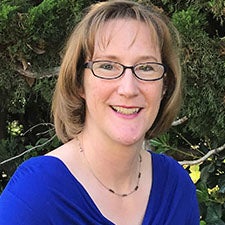
Heather Stringer
Heather Stringer is a freelance health and science journalist based in San Jose. She studied civil engineering at Stanford University and started her journalism career at a daily newspaper in Fremont. Heather began covering health care as a staff writer and editor at a nursing magazine and launched her freelancing career in 2003. Her work has been published in Scientific American, Monitor on Psychology, Cure, Proto, and Nurse.com.
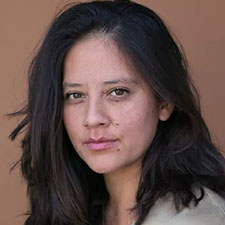
Zaydee Sanchez
Zaydee Sanchez is a Mexican-American visual storyteller, documentary photographer, and writer. Inspired by her upbringing in Tulare, in California’s agricultural San Joaquin Valley, her work is rooted in addressing the complexities of migration. With a focus on workers, gender, and displacement, she seeks to tell impactful, meaningful stories. Her work has been published in Al Jazeera, NPR, High Country News, palabra and more.
Her exhibition, “Tell Our Truth”, documented the stories of migrants seeking asylum during the Trump administration. The exhibition toured Los Angeles public libraries for a year, bringing discussions to various neighborhoods around the county. In 2019, the Commission on the Status of Women honored Zaydee as one of the Pioneer Women of the Year for her devotion to documenting and highlighting the Skid Row community in Los Angeles.


